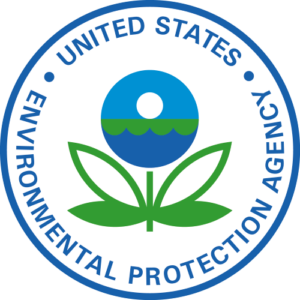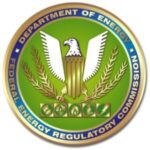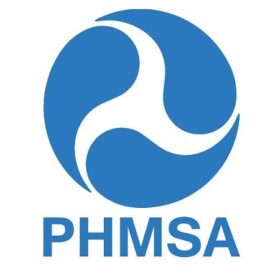
The Interstate Natural Gas Association of America (INGAA), a trade association that represents members of the interstate natural gas pipeline industry, respectfully submits these comments in response to the United States Environmental Protection Agency’s (EPA’s) request for input on revisions to the New Source Review (NSR) Program.
INGAA member companies transport more than 85 percent of the nation’s natural gas, through approximately 200,000 miles of interstate natural gas pipelines. Across the United States, INGAA member companies operate over 6,000 stationary natural gas-fired spark ignition reciprocating internal combustion engines (RICE) and over 1,000 stationary natural gas-fired combustion turbines installed at compressor stations along the pipelines to transport natural gas to local gas distribution companies, industrials, gas marketers, and gas-fired electric generators.
INGAA appreciates that EPA is seeking public input and feedback regarding whether to offer states the option of an hourly emissions increase test as part of the NSR Program. INGAA supports this proposed revision and is not commenting on any other aspects of the Affordable Clean Energy rule. As explained below, INGAA encourages EPA to offer the same hourly emissions increase test alternatives for stationary sources in all industrial categories.
INGAA filed joint comments with several other trade associations in 2006 expressing support for adopting an hourly emissions increase test. See EPA-HQ-OAR-2005-0163-0278 at 10 (Comments of Clean Air Implementation Project, American Chemistry Council, American Petroleum Institute, and Interstate Natural Gas Association of America; filed Feb. 17, 2006). As those comments explained, stationary sources outside the utility industry are also subject to numerous requirements, such that their emissions are well-controlled. The 2006 comments highlighted various benefits associated with applying an hourly applicability test to all stationary sources. For example, adopting an hourly applicability test can promote safety, reliability and efficiency without increasing existing capacity, while also providing sources with more certainty when engaging in routine maintenance, repair and replacement.
Adopting an hourly test would help alleviate uncertainty about whether NSR permitting will be triggered when plant changes do not result in actual emissions increases. As EPA is aware, other types of applicability tests have resulted in determinations that emissions increases occurred when there were no actual emission increases, and in some cases, emissions actually decreased as a result of the project changes. For these reasons, INGAA recommends that EPA expand the applicability of the proposed hourly emissions test to all stationary sources and undertake a separate rulemaking to that effect.
INGAA appreciates your consideration of these comments and welcomes additional dialogue. Please contact me at 202-216-5955 or ssnyder@ingaa.org if you have any questions. Thank you.







